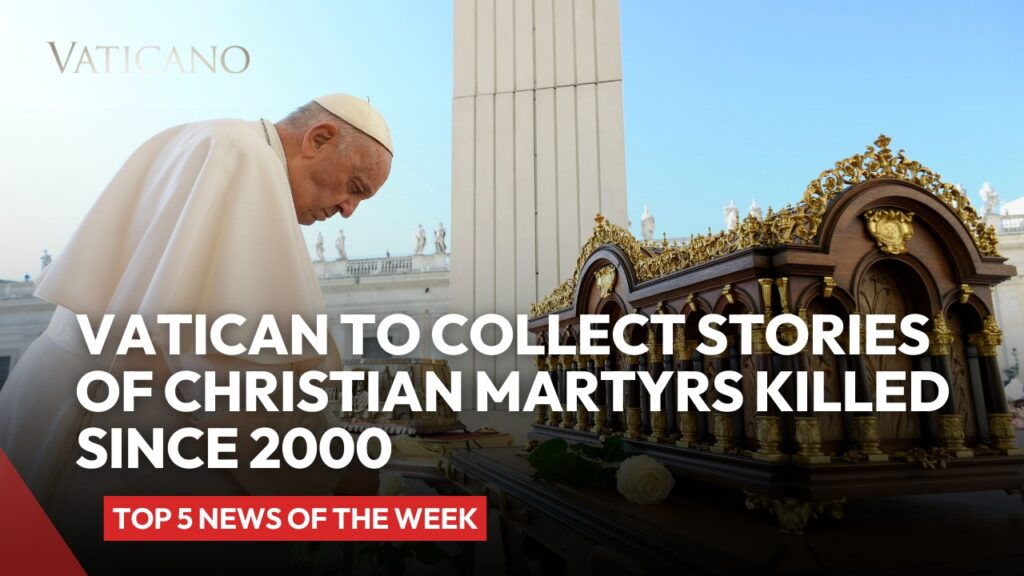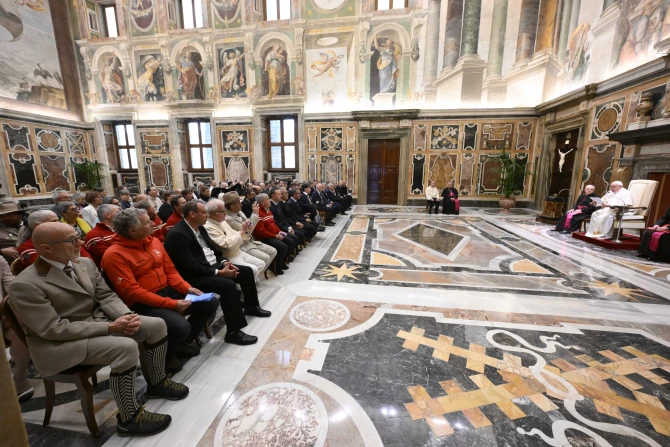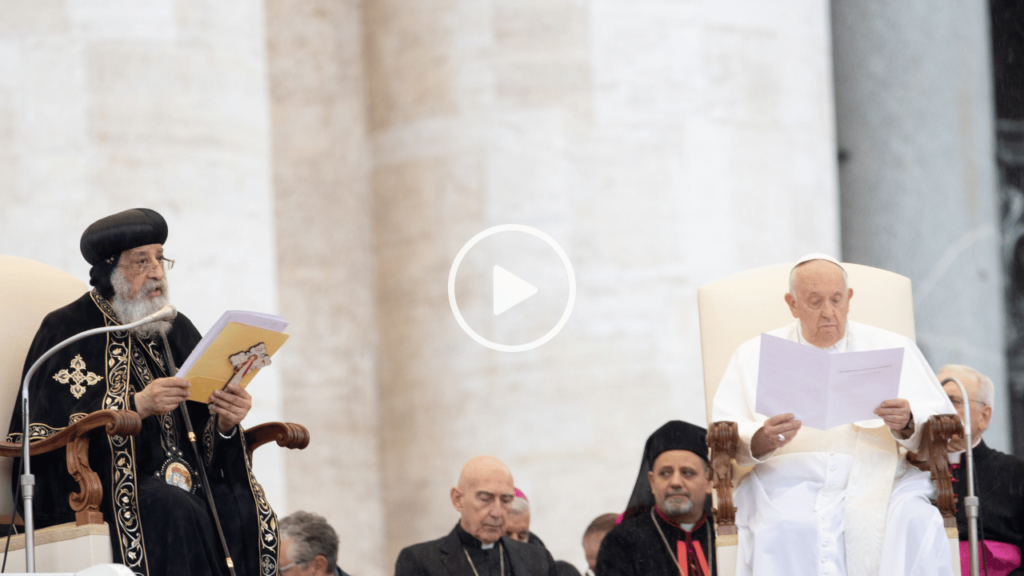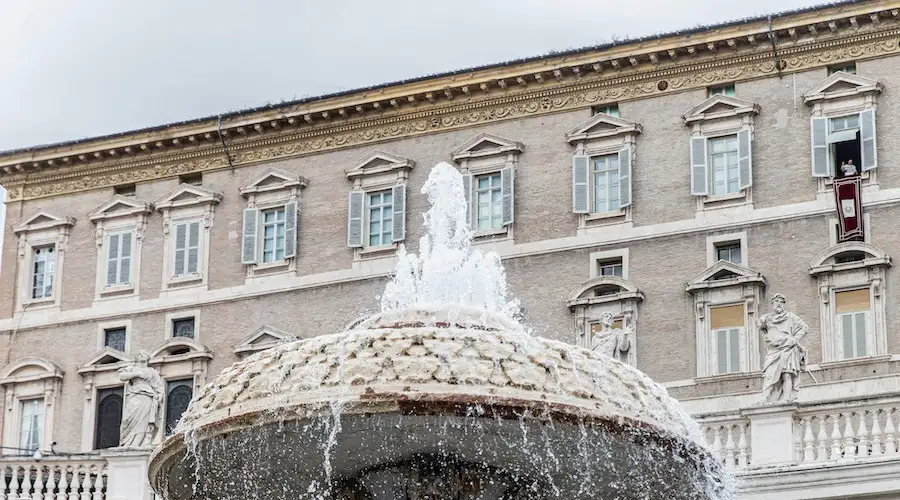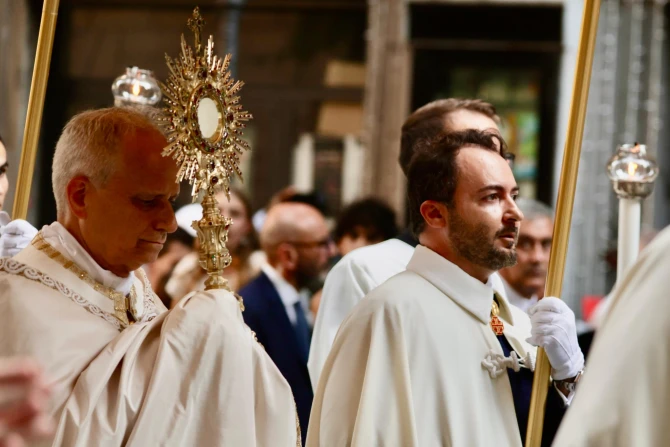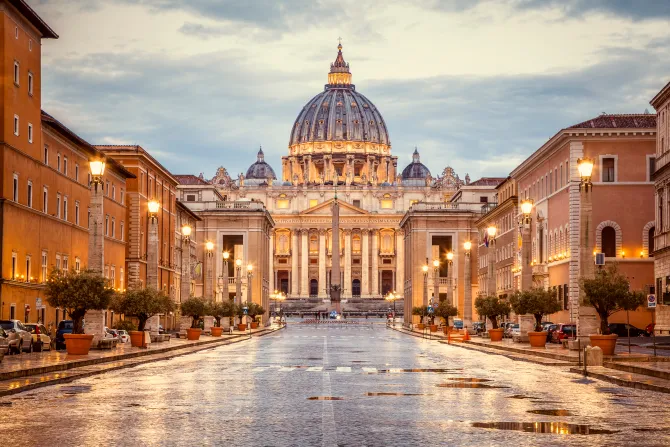Following the General Audience on September 20th, Pope Francis will receive the eighth edition of the German Martyrology of the 20th century. Published by the German Bishops’ Conference, this edition has been enriched with eighty additional photographs of the lives of these remarkable individuals. The martyrs are categorized into four distinct groups: National Socialism, Communism, Purity Martyrdom, and mission areas. Most of the photographs have been sourced from mission lands, with testimonies meticulously gathered by more than 175 individuals across all dioceses of Germany.
This monumental work, presented in two volumes, finds its inspiration in Pope John Paul II’s apostolic exhortation, Tertio Millennio Adveniente. In this exhortation, which prepared the Church for the Great Jubilee of 2000, Pope John Paul II reminded us that, “at the end of the second millennium, the Church has once again become the Church of martyrs. In our century, martyrs have returned, often unknown, akin to ‘unknown soldiers’ of the great cause of God.”
John Paul II also emphasized the need to preserve “their testimonies” and urged local churches to ensure that the memory of those who have suffered martyrdom is not lost by creating the necessary documentation.
These words were inspired by the concrete experiences of John Paul II, who lived through two major totalitarian ideologies. As a young man, he evaded the SS to avoid deportation, preparing for his priestly ordination in a secret seminary in German-occupied Poland. Later, he faced the challenges of living under the Polish communist regime, particularly when he was appointed Archbishop of Krakow, all within a climate of persecution.
After John Paul II’s exhortation, Cardinal Joachim Meisner, Archbishop of Cologne, took the initiative to initiate a significant project to collect testimonies of martyrdom. The task was entrusted to Monsignor Helmut Moll, a historian with prior experience working in the Congregation for the Doctrine of the Faith in Rome and involvement in the Congregation for the Causes of Saints.
Monsignor Moll meticulously organized the work. He reached out to dioceses and religious communities, established contact positions, and coordinated the efforts of over 170 specialists. Given the wealth of material collected, it became apparent that two volumes would be necessary.
The first edition of the Martyrology was presented to John Paul II on November 18, 1999, by Monsignor Moll and Cardinal Karl Lehman, the then-president of the Bishops’ Conference. Released in time for the Jubilee of 2000, the Martyrology was a resounding success, with copies quickly selling out despite its less-than-popular price. A second edition was already in preparation in 2000, followed by the third edition in 2001, the fourth in 2006, the fifth in 2010, the sixth in 2015, and the seventh in 2019. Currently, the Martyrology features nearly 1000 images of men and women who suffered martyrdom for their faith.
The present extensive monographs and biographies concentrate on witnesses of faith during the era of National Socialism. Some of the profiles featured in the Martyrology have had their beatification and canonization processes initiated, including Mariannhill missionary Fr. Engelmar Unzeitig, Pastor Antonius Joseph Marxen, and Pastor Alfons Tracki.
Monsignor Moll also delivered a report in 2017 to the Ratzinger Schuelerkreis on the subject of martyrdom. Moll had been a student of Joseph Ratzinger at two different universities and had collaborated with him at the Congregation for the Doctrine of the Faith in Rome.
So, what criteria define whether a person is considered a martyr?
The first criterion is a violent death, which includes individuals killed in gas chambers, strangled, or shot, as well as those who died passively, such as through starvation or thirst. The second criterion is that the individual must have provided a Christian testimony. For instance, German Catholics who never voted for or publicly supported Hitler and faced persecution as a result exemplify this criterion. The third criterion is a willingness to be killed for one’s faith, with those who retract their testimony during moments of trial not classified as martyrs.
Another criterion is the gift of life, which defines the sanctity of individuals who devoted their lives to caring for the sick, priests who ventured to the front lines of war to provide sustenance to soldiers, or those who dedicated themselves to missionary work, even at the cost of their lives. Father Damian de Veuster, the Belgian missionary on the Hawaiian island of Molokai, is an example of this category. Although not considered martyrs in the strictest sense, they possess their own distinctiveness.
Monsignor Moll explained to ACI Stampa that many try to broaden the criteria for martyrdom, “for example, Liberation theologians argue that when someone in Latin America has suffered and given their life in the battle for liberation, they are considered martyrs, or if a nun who provides assistance to a child is infected with their disease, then she is a martyr.”
While there is a form of ecumenism based on the shared experience of suffering for one’s faith, it remains challenging for the Catholic and Protestant Churches to align on the concept of martyrdom. Although the Protestant Church possesses its martyrology, the criteria for recognizing martyrdom differ. Protestants do not acknowledge the martyrdom of purity, such as that of St. Agnes and St. Cecilia, and they also admit suicides, a classification not endorsed by the Catholic Church.


